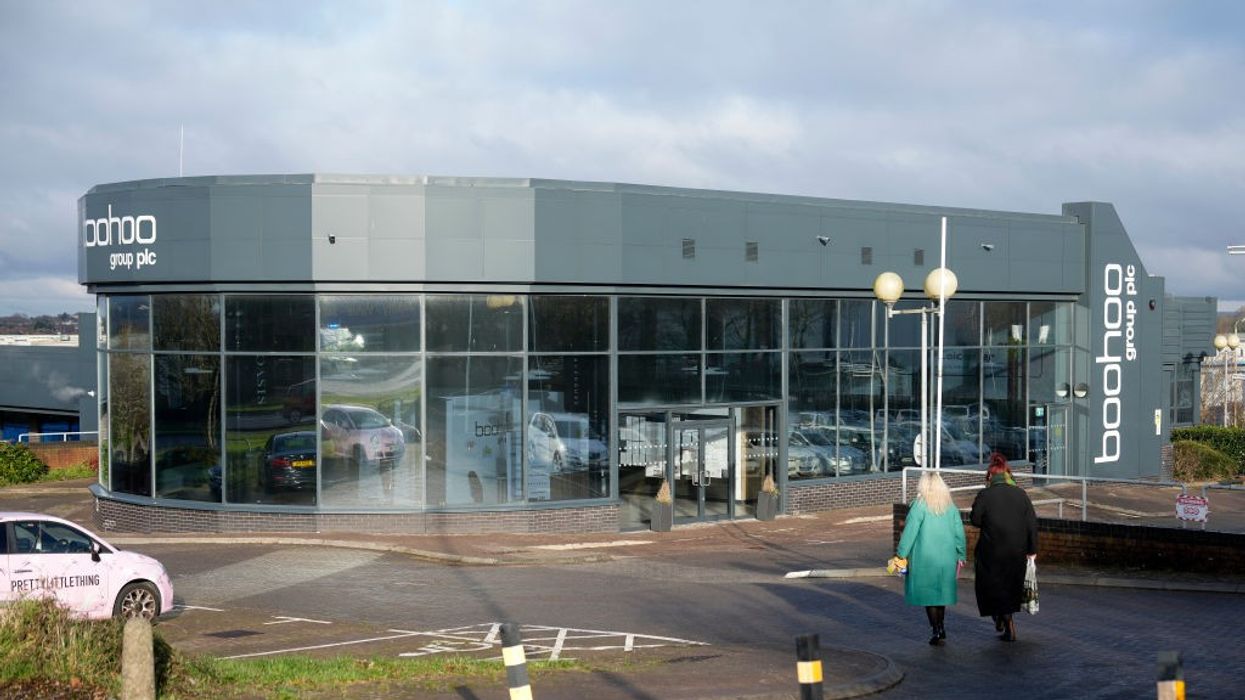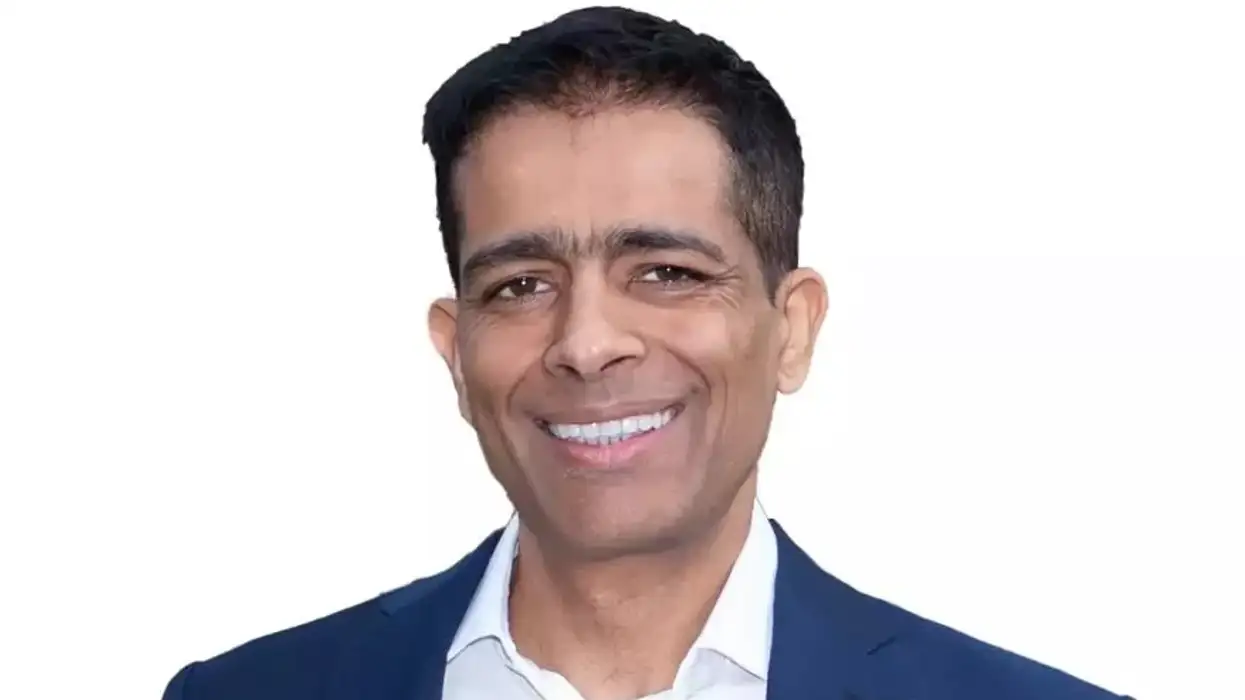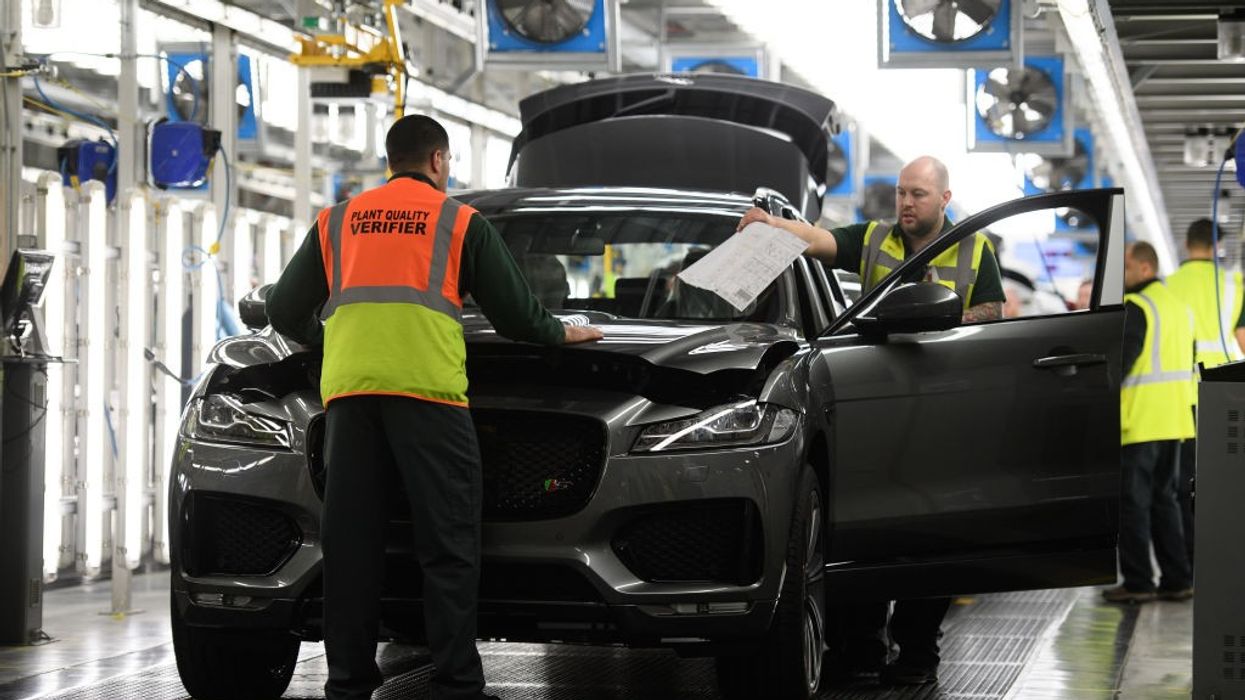Fujifilm has unveiled the X Half, a new compact digital camera designed to evoke the look and feel of classic film photography. Set to launch in late June 2025, the X Half is a part of Fujifilm’s X-series, and aims to appeal to enthusiasts seeking a nostalgic, analog-inspired shooting experience in a digital format.
The X Half is priced at £849.99 and features an 18-megapixel 1-inch-type sensor paired with a fixed 32mm-equivalent f/2.8 lens. While it uses modern digital technology, the camera deliberately omits certain features common in contemporary models – most notably, it does not support RAW image capture, offering only JPEG files. This decision is part of Fujifilm’s effort to deliver a “what-you-see-is-what-you-get” experience that mirrors traditional film photography.
A redefined half-frame concept
Fujifilm’s interpretation of the “half-frame” format differs from traditional definitions. Classic half-frame film cameras, such as the Pentax 17, typically capture images sized at 18mm x 24mm, roughly half the size of a full-frame (35mm) negative. In contrast, the X Half’s sensor measures 8.8mm x 13.3mm – half the size of an APS-C sensor used in other Fujifilm models like the X100VI and X-T5. Though the physical dimensions differ, Fujifilm retains the essence of half-frame photography: portability, casual shooting, and creative flexibility.
With a body weight of just 240 grams (8.5 ounces), the X Half is small enough to fit into a small bag or even a large pocket. Its compact size is reminiscent of disposable film cameras, but unlike those, it comes equipped with a proper glass lens featuring autofocus and aspherical corrections. The lens is described by Fujifilm representatives as having “some character”, a phrase often used to indicate a unique, though not necessarily sharp, optical performance.
Dedicated to film-like shooting
A key feature of the X Half is its commitment to film simulation. The camera includes 13 built-in film simulations that mimic the look of Fujifilm’s classic analogue stocks. Uniquely, there is a second screen on the camera specifically for selecting these simulations, enhancing the tactile and immersive experience.
The camera's analogue homage continues with the absence of an electronic or hybrid viewfinder. Instead, users compose their shots using a traditional optical viewfinder or the portrait-oriented 2.4-inch touchscreen on the rear. This design further aligns the X Half with the simplicity of vintage cameras.
Since the camera does not shoot RAW, any film simulation or filter applied during shooting is permanently embedded in the JPEG image. This limits post-processing flexibility but supports Fujifilm’s philosophy of embracing imperfections and encouraging spontaneous creativity.
Companion app and analogue-inspired features
Fujifilm will also launch a companion smartphone app shortly after the X Half’s release. The app includes several features designed to expand the analogue experience. Notably, it allows users to create diptychs – side-by-side images – similar to traditional half-frame compositions. These diptychs can be made using two photos, two short videos, or a combination of both.

Another standout feature is the Film Camera Mode, which groups captured images into digital “rolls” of 36, 54, or 72 shots, displayed as a contact sheet. Each contact sheet includes film strip branding that corresponds to the chosen film simulation, enhancing the archival and nostalgic feel. The app even features a virtual film advance lever, which must be used between shots in Film Camera Mode, mimicking the operation of vintage film cameras.
Additional effects can be added to photos, including light leaks, expired film aesthetics, and retro date-and-time stamps reminiscent of 1990s point-and-shoots. Since the X Half only produces JPEGs, these filters become a permanent part of the image, with no option to remove or alter them in editing software later.
Targeting a new generation of film lovers
The Fujifilm X Half is clearly aimed at younger photographers and content creators who are increasingly drawn to the visual quirks and tactile charm of film photography. While cheaper alternatives like the £70 Camp Snap or £10–£20 disposable film cameras offer a similar aesthetic at a lower price point, the X Half distinguishes itself by blending those vintage sensibilities with modern digital conveniences.
It remains to be seen how the £849.99 price tag will be received by the intended market. However, Fujifilm’s offering is unique in combining authentic design elements, creative shooting modes, and high-quality digital components. If it manages to capture even a fraction of the fun and spontaneity associated with traditional half-frame photography, the X Half may prove a worthwhile tool for nostalgic shooters and creative hobbyists alike.














